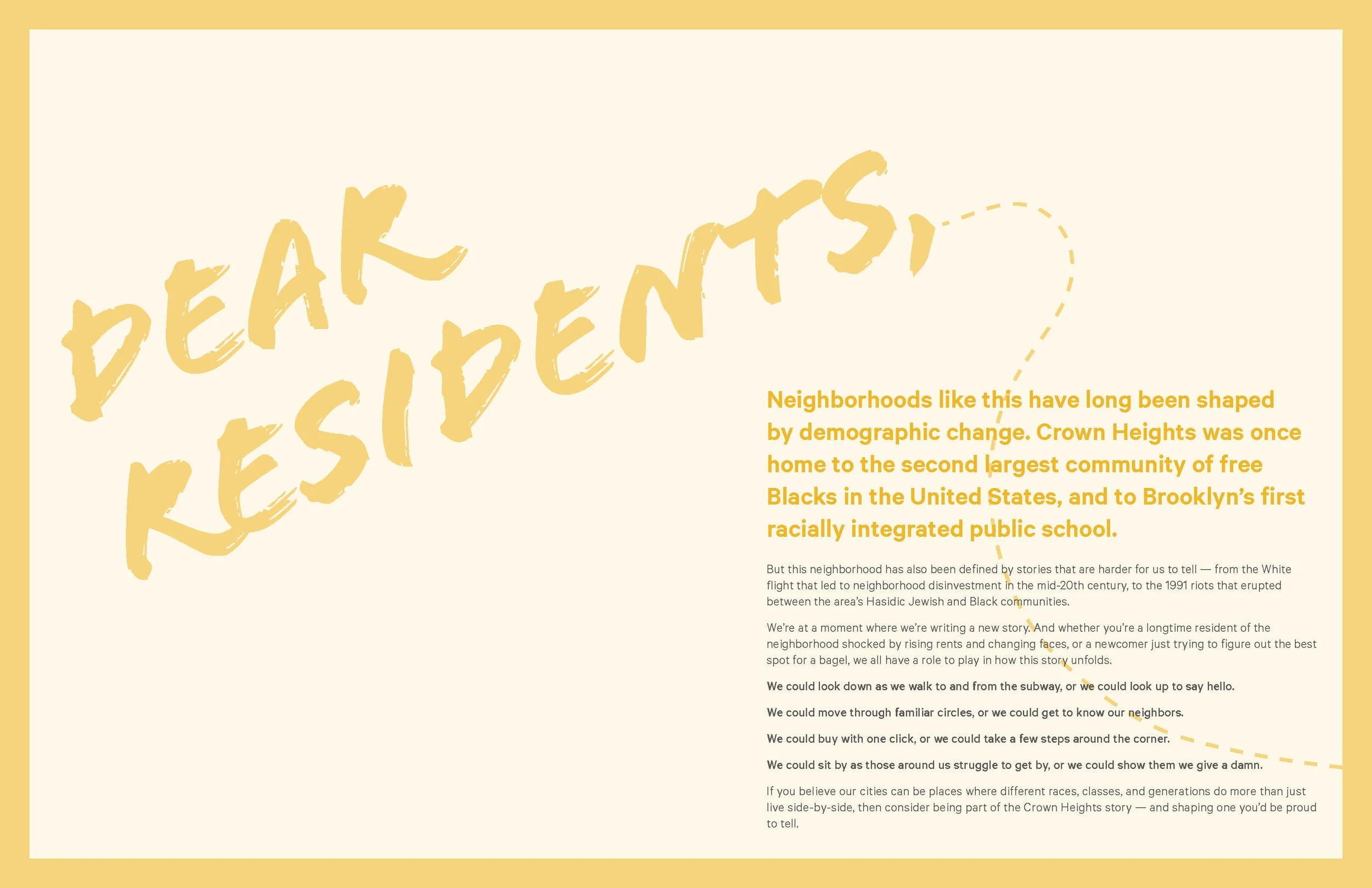
This project aspires to help us understand the ways our everyday choices, in our everyday environments, live up or run counter to our ideals of a more integrated, equitable, and just multiracial democracy. It does so by profiling everyday life in a neighborhood center — a place in a rapidly changing community, in a segregated and unequal city, in a country saddled by the consequences of its past. It is not a prescription for solving our racial challenges. But it is an invitation to understand them, to confront them, and to envision ways we might work through them from the ground up.
READ · WATCH · EXPLORE · IMAGINE
READ
American cities remain starkly segregated by race, deepening divides that cost us in lives, income, health, education, and democracy. What’s more, research and practice tend to focus on top-down drivers of segregation, rather than on everyday, human dynamics. This research responds to a call in the fields of urban planning and policy for a more nuanced understanding of social integration: the everyday social processes that inform how diverse communities interact with one another. Through a case study of 10 blocks on Brooklyn’s Nostrand Avenue commercial corridor, a mix of methods — surveys, interviews, observations of interactions in public realm and storefronts, and logs of spatial and programmatic conditions — helped deepen understanding of neighborhood integration dynamics. Analysis informed a set of possibilities that might begin to foster greater engagement across racial lines in diverse neighborhoods. But these ideas are not just about getting along. They serve broader goals: fortifying neighborhood enclaves that lend cultural vitality; advancing justice for deeply rooted, historic inequities; and calibrating power dynamics in service of more equitable representation and decision-making in our cities.
↓ The Full Report ↓

watch
This short film offers a glimpse into life in Crown Heights, guided by a sampling of faces — faces that might pass by you on the street, that might serve you coffee, that might instruct your dance class. Watch to discover the ways that locals engage with one another — or not — amid demographic change and rising inequality.
↓ The Short Film ↓

EXPLORE
This research found that the Crown Heights neighborhood and its Nostrand Avenue corridor sees moderate to low levels of social integration — largely due to the power imbalances wrought by gentrification and racial inequities in the neighborhood. Even still, a set of eight factors may begin to foster greater engagement across race and class. Explore for yourself on the map below, or in more detail on page 65 of the full report.
↓ The Map of Findings ↓

imagine
At each of the links below is a set of possibilities for shaping greater social integration on Nostrand Avenue and in Crown Heights. These are not prescriptions for bridging deeply ingrained racial divides. Rather, they are seeds of opportunities — ranging in engagement and impact level — that a mix of locals may consider adopting in service of a socially connected and equitable neighborhood. The possibilities are targeted toward three key audiences, each of whom has a particular stake in the community. To read more, head to page 89 of the full report.
↓ The Possibilities ↓

This project isn’t about neighbors playing nice with one another. When cultivated effectively, sustained interaction may do more than just build relationships. It may build a network of allies and advocates — to further justice to correct for historic inequities. It may foster more equitable representation — to build power in communities. In the words of one local resident:
“The answer I always come back to is: say hello to your neighbors, because when you get to know people on a person-to-person level, when it ceases to be ‘the Caribbean folks’ or ‘the Jews’ and it becomes Deshaun and Mordechai, then that’s when you cease to be OK with somebody else not getting a fair shake, or somebody else being a victim of garden variety physical violence — all the way down to the more insidious violence of economic displacement — being robbed of the place that you call home, the place of your childhood memories.”
A goal of social integration, then, must be to ensure more residents don’t just engage with one another, but that they look out for one another — that they “cease to be OK with” harms to their neighbors, whether they are everyday or structural in scope. Fostering such awareness, investment, and commitment among residents in diverse, multiracial neighborhoods like Crown Heights is no easy feat. But the future of our communities depends on us confronting this challenge.
Completed for Fulfillment of the Masters in Urban Planning
May 2019 · Harvard Graduate School of Design & Harvard Kennedy School of Government
Eamon O’Connor · www.eamonoconnor.com





